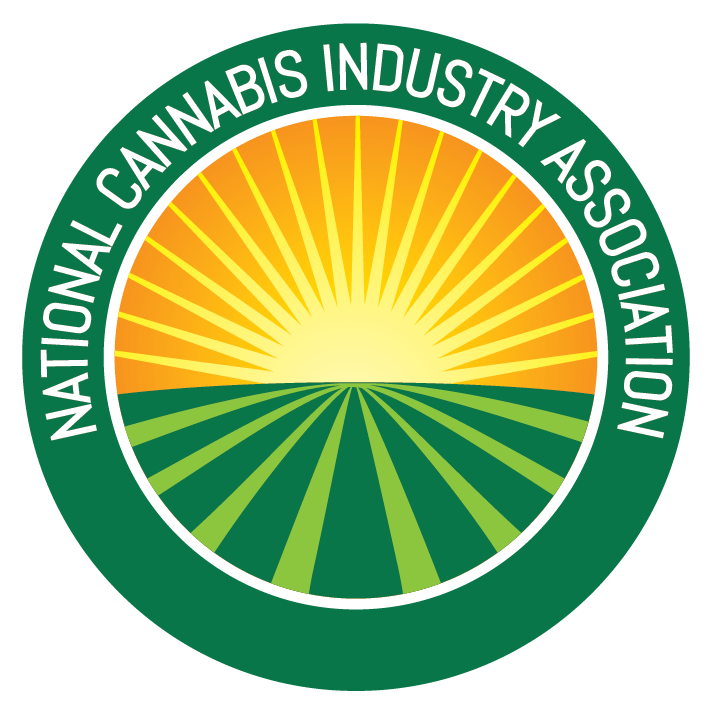As the cannabis industry continues its rapid expansion, the demand for high-quality cannabis extracts for medicinal, recreational, and industrial applications is skyrocketing. With this growth comes increased pressure on businesses to innovate, scale production, and meet evolving operational challenges — all while navigating a complex web of occupational safety and regulatory requirements.
Among these, chemical safety in extraction processes stands out as one of the most critical and often underestimated priorities. Whether you’re a start-up scaling your first extraction line or an established operator expanding capacity, mastering chemical safety is essential not only for protecting your workforce but also for safeguarding your business from legal, financial, and reputational risks.
Understanding Core Extraction Methods and Their Risks
Cannabis extraction techniques generally fall into two main categories — solvent-based and non-solvent-based — each with unique safety considerations for workers.
Solvent-Based Extraction
Methods such as hydrocarbon extraction (using butane or propane), supercritical CO₂ extraction, and ethanol extraction are widely used for their efficiency and product quality. However, they bring inherent risks to personnel:
- Hydrocarbons are highly flammable and explosive, requiring closed-loop systems, continuous gas detection, and rigorous engineering controls to prevent catastrophic incidents.
- Supercritical CO₂ is less hazardous from a flammability standpoint but involves extremely high pressures, creating potential for mechanical failure or pressure-related injuries.
- Ethanol is effective and widely used but introduces both flammability and toxicity concerns that must be carefully managed through proper ventilation, bonding, and grounding.
Non-Solvent-Based Extraction
Techniques like mechanical separation and rosin pressing eliminate hazardous solvents, reducing chemical risk. However, they present physical hazards such as burns from high temperature plates, crushing injuries from mechanical systems, and ergonomic strain. These methods also face challenges with consistency and yield, requiring careful process design and operational controls.
Chemical Safety and Regulatory Compliance: More Than a Checkbox
The hazards in cannabis extraction extend well beyond the risk of fire or explosion. Workers can be exposed to toxic vapors, resulting in respiratory irritation, chemical burns, or chronic health effects. Without proper ventilation, engineering controls, PPE, and regular safety audits, these risks can accumulate and create systemic vulnerabilities that compromise worker health.
The consequences of neglecting safety are real and severe. In 2021, a butane extraction explosion in Oregon tragically killed a worker — a stark reminder that safety failures are not just regulatory issues, but human ones. Beyond injury and loss of life, incidents like this expose companies to lawsuits, costly downtime, and lasting damage to their reputation.
Regulatory requirements also mandate safe handling of hazardous chemicals, proper facility classification, and worker training. Extraction facilities must comply with applicable OSHA standards, NFPA codes, and local fire and building regulations. Documenting safety procedures, training employees on hazard communication, and maintaining inspection records are essential to demonstrating compliance and reducing liability.
Building a Culture of Safety: Your Most Effective Control Measure
The most effective way to manage chemical safety risks isn’t just installing better equipment — it’s building a culture of safety from the ground up.
- Leadership sets the tone. When management prioritizes safety and fosters open communication, it empowers employees to identify and address hazards proactively.
- Training is non-negotiable. Comprehensive education on chemical handling, hazard recognition, emergency response, and PPE use helps prevent accidents before they occur.
- Feedback loops matter. Encouraging workers to report unsafe conditions and propose improvements builds continuous improvement into your safety culture.
Pair these efforts with regular safety audits, detailed documentation, and third-party assessments to verify compliance and maintain operational excellence. As extraction methods evolve, so must your safety protocols — agility and continuous learning are key.
Best Practices for Safer Extraction Operations
To translate safety principles into day-to-day practice, cannabis processors should implement the following occupational safety best practices:
- Use Certified Closed-Loop Systems: Ensure hydrocarbon extraction systems meet UL 1389 or equivalent standards and are approved for use by local authorities.
- Install Continuous Gas Detection: Real-time monitoring for flammable gases significantly reduces ignition risk and improves emergency response capabilities.
- Ventilation and Explosion Protection: Adequate airflow, proper exhaust systems, and classified electrical equipment are essential where flammable vapors may accumulate.
- Implement a Permit-to-Work System: Formalize procedures for hot work, maintenance, and system modifications to prevent accidents and ensure safe operations.
- Align With Emerging Standards: Stay informed about evolving codes such as NFPA 420, which addresses fire protection in cannabis processing facilities.
By embedding these practices into daily operations, businesses not only reduce risk but also demonstrate their commitment to worker safety and regulatory excellence.
Looking Ahead: Safer, Smarter, and More Sustainable Operations
The future of cannabis extraction is rooted in innovation, safety, and sustainability. Companies are increasingly adopting technologies that enhance occupational safety — from automation and remote monitoring to advanced solvent recovery and control systems. These advancements not only reduce worker exposure and risk but also improve operational efficiency and reduce downtime.
Evolving standards such as NFPA 420 (Fire Protection of Cannabis Facilities) and UL 1389 (Plant Oil Extraction Equipment) will continue to shape how extraction facilities design and operate their processes. Staying ahead of these developments helps businesses avoid compliance gaps and positions them for success as the regulatory landscape matures.
Ultimately, chemical safety in cannabis extraction isn’t just a regulatory obligation — it’s a strategic advantage. Companies that prioritize worker protection and compliance safeguard their teams, strengthen their operations, and position themselves as leaders in a rapidly evolving industry.
Partnering for Safer, Compliant Extraction Operations
Navigating chemical safety in cannabis extraction can be complex — but you don’t have to do it alone. If your organization is developing or refining extraction processes, Rubicon EHS can help you design and implement robust occupational safety programs tailored to your facility and regulatory environment.
Contact Rubicon EHS to learn how we can support your efforts to build a safer, more compliant, and more resilient extraction operation.

Follow NCIA
Newsletter
Facebook
Twitter
LinkedIn
Instagram
–